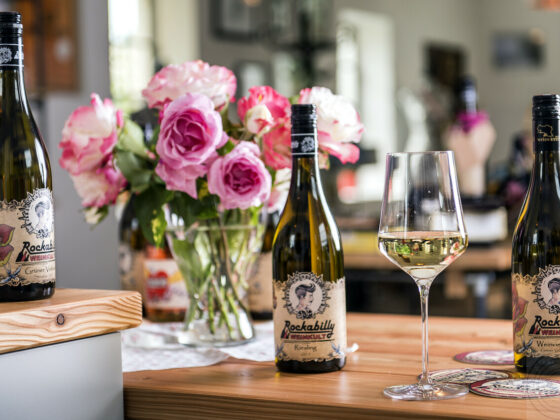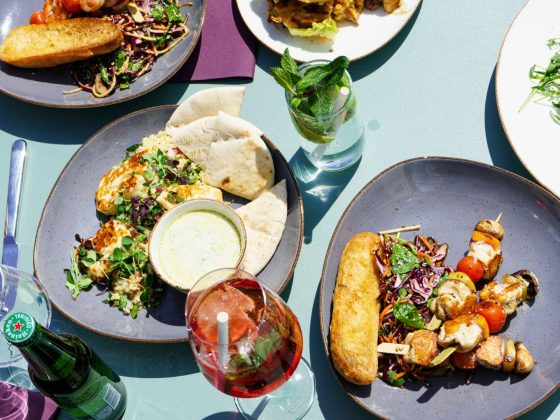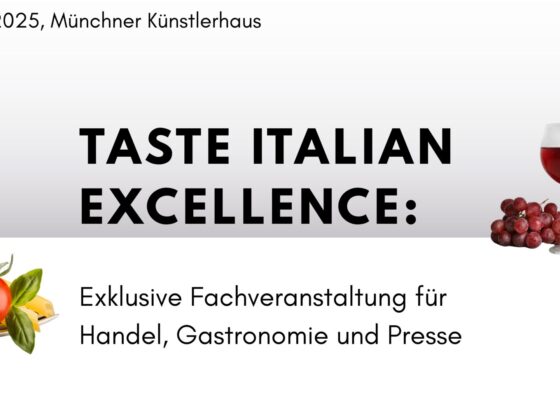Inhaltsverzeichnis Hide
Kaiser Wilhelm looks on. When guests enjoy a beetroot carpaccio with apples, carrots, radishes and crispy bread potato chips as a prelude to a fine meal: Majesty is there. And if they treat themselves to a delicious saddle of fallow deer with roastedalmonds, raw Brussels sprout leaves and celeriac puree as their main course, the blue blood won’t miss it either. Larger than life, in a magnificent uniform, he is present – in the Puricelli restaurant in the luxury hotel
Lieser Castle
on the Moselle. There it hangs on the wall: in oil. Not without reason: it is a reminder of the years 1906, 1911 and 1913, when the aristocrat himself was a guest at Lieser Castle.




Today, the crowned head would certainly enjoy it there too. After all, Wolfgang Preßler is a true expert in the kitchen. The Austrian has already worked as a sous-chef at Johann Lafer’s Stromburg and was also at the stove in the three-star restaurant Aqua at the Ritz-Carlton Wolfsburg. Now the thirty-something has moved to Rhineland-Palatinate, to the luxury hotel Schloss Lieser, which only opened in 2019 in the wine villageof the same name, not far from Bernkastel-Kues and Traben-Trarbach. The stately building, renovated with great care over many years, stands in the middle of a park-like garden, with the Moselle flowing right outside the door. Majestic.

Hotel with vineyard
Anyone walking up the red carpet staircase to the portal is instantly immersed in another world, another time. Wall paneling from the 19th century, valuable antiques and crystal chandeliers are just as eye-catching as the former family chapel right in the entrance area.

It was the wealthy industrialist Eduardo Puricelli who had the castle-style house built as his private villa between 1885 and 1888. The estate later came into the possession of Clemens Freiherr von Schorlemer, who – well connected in the German political scene – maintained good contacts with the Emperor. Which brings us back to Wilhelm II. Schorlemer had invited him to his home and even had a new grand piano built especially for the distinguished visitor. And the emperor liked it: he came three times.

And receives a bottle of Schlossberg wine every year as a greeting from Lieser. Of course, it is all Riesling: in this wine region it is the champion.
Top Rieslings hand-picked
Thomas Haag has been proving for years what wonderful wines can be made from it. Right next door he runs the
Schloss Lieser Winery
. In the mid-1990s, the winegrower and his wife Ute bought the once famous winery – as a restructuring case. From nothing, they have gradually worked their way up to the top of the German Riesling producers. Haag was awarded the title of „Winemaker of the Year“ in 2015, thehighestaccolade from Gault&Millau. And there is no German-language wine guide or prestigious wine magazine in which he has not made it into the top ten. People outside the country also swear by Haag’s hand-picked Rieslings: „The wine is exported to 45 countries, even as far away as Singapore,“ says Thomas Haag.

„Black slopes in viticulture“
The recipe for success? At Haag, nothing is bottled – and that is up to 200,000 a year – that has not been grown in the company’s own fields. 25 hectares of land belong to the estate, with 200 different locations, some of which are breathtaking. The fact that the Middle Moselle region has quite a lot to offer is demonstrated by slopes with gradients of up to 75, even 80 percent! „These are the black slopes in viticulture,“ jokes the winemaker, who comes from a family of winegrowers himself. But the effort is worth it. After all, some of his vines are up to 100 years old and therefore particularly valuable. The vaulted cellar in which the fine wines are stored also dates back a century.
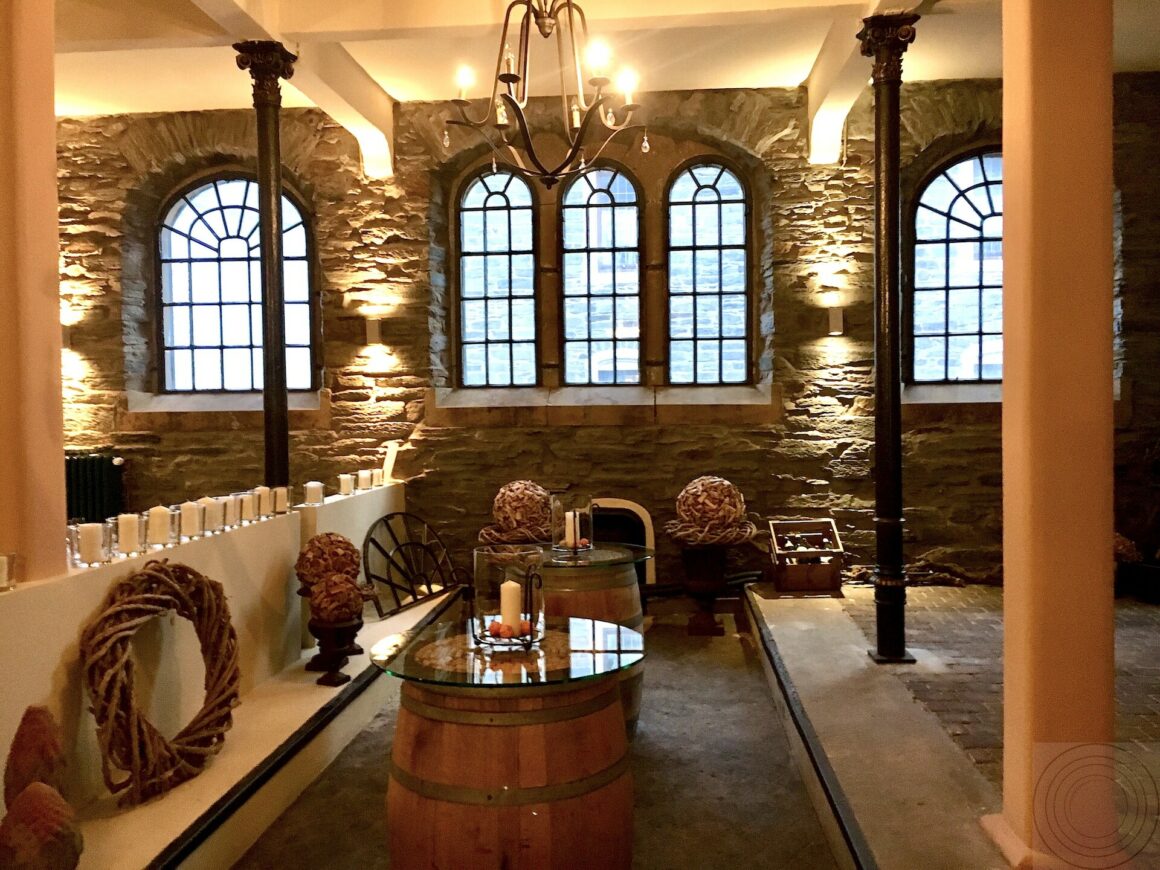
A winery visit without a tasting? Unthinkable! The long wooden table in the former castle stables has already been prepared. The Rieslings are already shining in the glass. One after the other is sampled, ten at a time. Estate wines, local wines, great sites. These are beautiful, pure wines with a balanced acid-fruit interplay, complex and elegant. The barren blue slate soil of the region gives the Rieslings fine fruity and complex mineral notes. The prices for wines with names such as Heldenstück, Himmelreich or Goldtröpfchen range from 145 euros (0.375 l) for limited Trockenbeerenauslese wines from large vineyards to Gutswein Rieslings for 8.90 euros (0.75 l). Which shows that quality doesn’t always have to be expensive. „We want to keep our cheapest wines under 10 euros,“ is Thomas Haag’s credo.
Ballroom, beach & king-size bed
It is also this vineyard that contributes to the uniqueness of Hotel Schloss Lieser. Just like the ballroom for lavish parties and large events, the small „Puricelli Beach“ by the river or the sunny castle terrace, where guests can prick their forks into homemade cakes from April. A slice of apple wine cake, quark and cherry cream or chocolate mousse cake with a view of the Moselle is a treat in itself!


Schloss Lieser, with its unique history, is one of the Marriott Group’s Autograph Collection Hotels. „With rapid growth from five hotels to almost 200 in just nine years, Autograph Collection Hotels are leading the way in the independent hotel sector,“ says John Licence, Vice PresidentPremium & Select Brands Europe at Marriott International. „They offerexceptionalhotel experiences around the globe.“
If you like, you can spend the night at Schloss Lieser where the emperor once laid his head on the soft pillows – in the 125 square meter Imperial Suite. In many hotels, this is a common name for the fanciest room. But here it is authentic. Snuggled up in the cozy blankets, your gaze falls on the original crystal chandelier, which the ruler of Berlin once gazed upon – only to sink into the land of dreams. In a king-size bed.


MURMELZ TIP
The surrounding area with its quaint wine villages and towns such as Bernkastel-Kues is also a paradise for anyone who loves a good drop of wine (
www.bernkastel.de
). The Art Nouveau town of Traben-Trarbach, for example, is also worth a visit with its exciting underworld. Large areas of the town center have cellars – some with multi-storey vaults over 100 meters long, which were used to store wine. After all, around 1900, the town was the second largest wine trading center in Europe after Bordeaux, and the demand for Riesling wines was simply enormous. Guided tours immerse visitors in the history of viticulture. (
www.traben-trarbach.de
)

